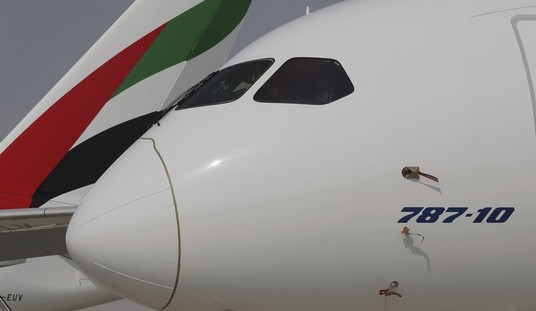I first titled a post “The Desire Named Streetcar” back in October of 2003, after seeing it used in an Arizona Republic op-ed (found via Reason’s Hit & Run blog). Glenn Reynolds writes that it’s now the title of a Cato Institute policy analysis paper.
And anything whose opening paragraph reads…
The nation’s mass transit system is a classic example of how special interests prevail over the needs and interests of voters and taxpayers. Total inflation-adjusted subsidies to transit—buses and trains—have more than doubled since 1990, yet total ridership has increased by less than 10 percent. Train ridership has dropped dramatically, while automobile use has skyrocketed.
…is well worth reading. Among other things, the paper explores the answers to an obvious question about mass transit: if medium density cities such as, for example, San Jose (in my backyard) want to expand mass transit, why not buy busses? They’re infinitely more flexible than light rail passenger trains, since they can go anywhere there’s a road. But that would be too logical–and ironically, too cheap and easy, compared with the expense of building a light rail system:
A transit agency that expands its bus fleet gets the support of the transit operators union. But an agency that builds a rail line gets the support of construction companies, construction unions, banks and bond dealers, railcar manufacturers, electric power companies (if the railcars are electric powered), downtown property owners, and other real estate interests. Rail may be a negative-sum game for the region as a whole, but those concentrated interests stand to gain a lot at a relatively small expense to everyone else.
Hence, the title.









Join the conversation as a VIP Member